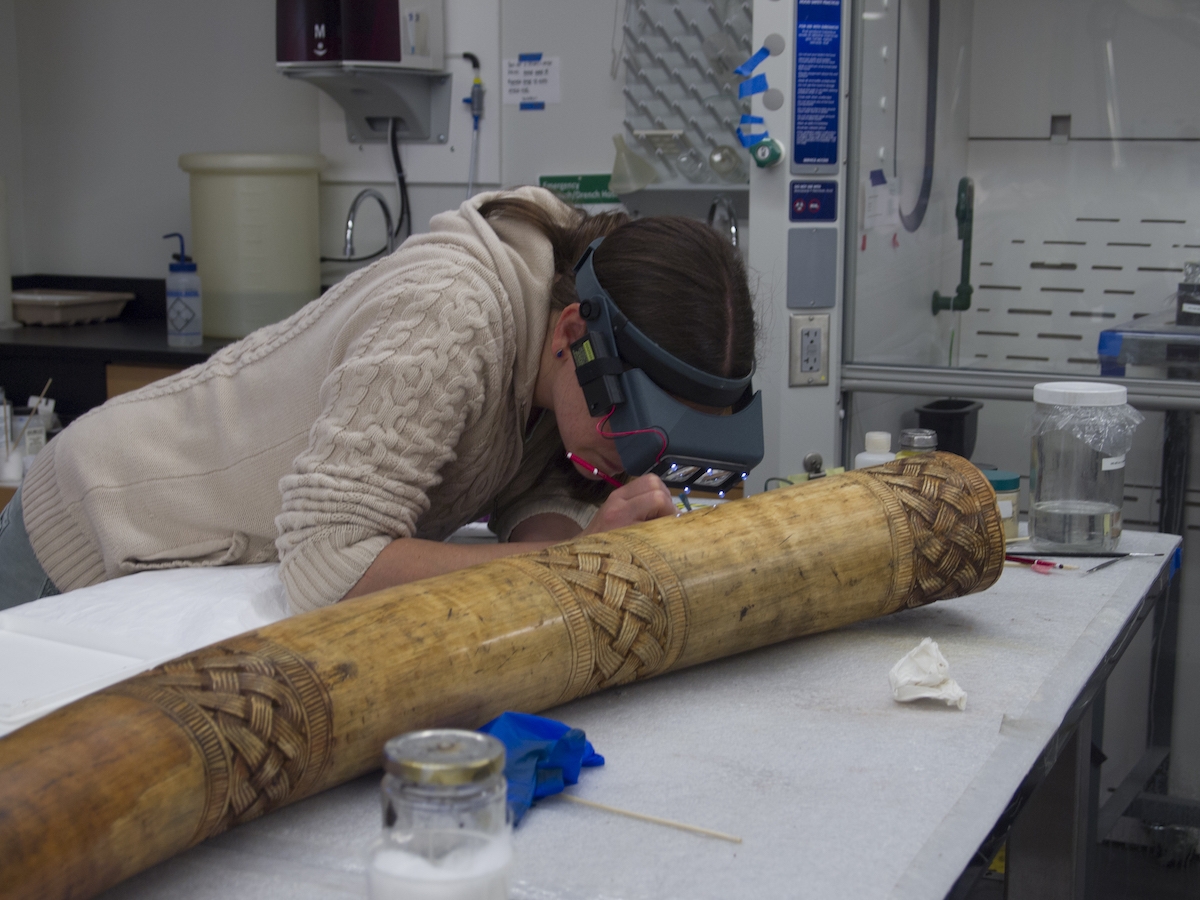Past Events
Interested in Cotsen events? Sign up for our mailing list.Jerry Moore
Department of Anthropology
California State University Dominguez Hills
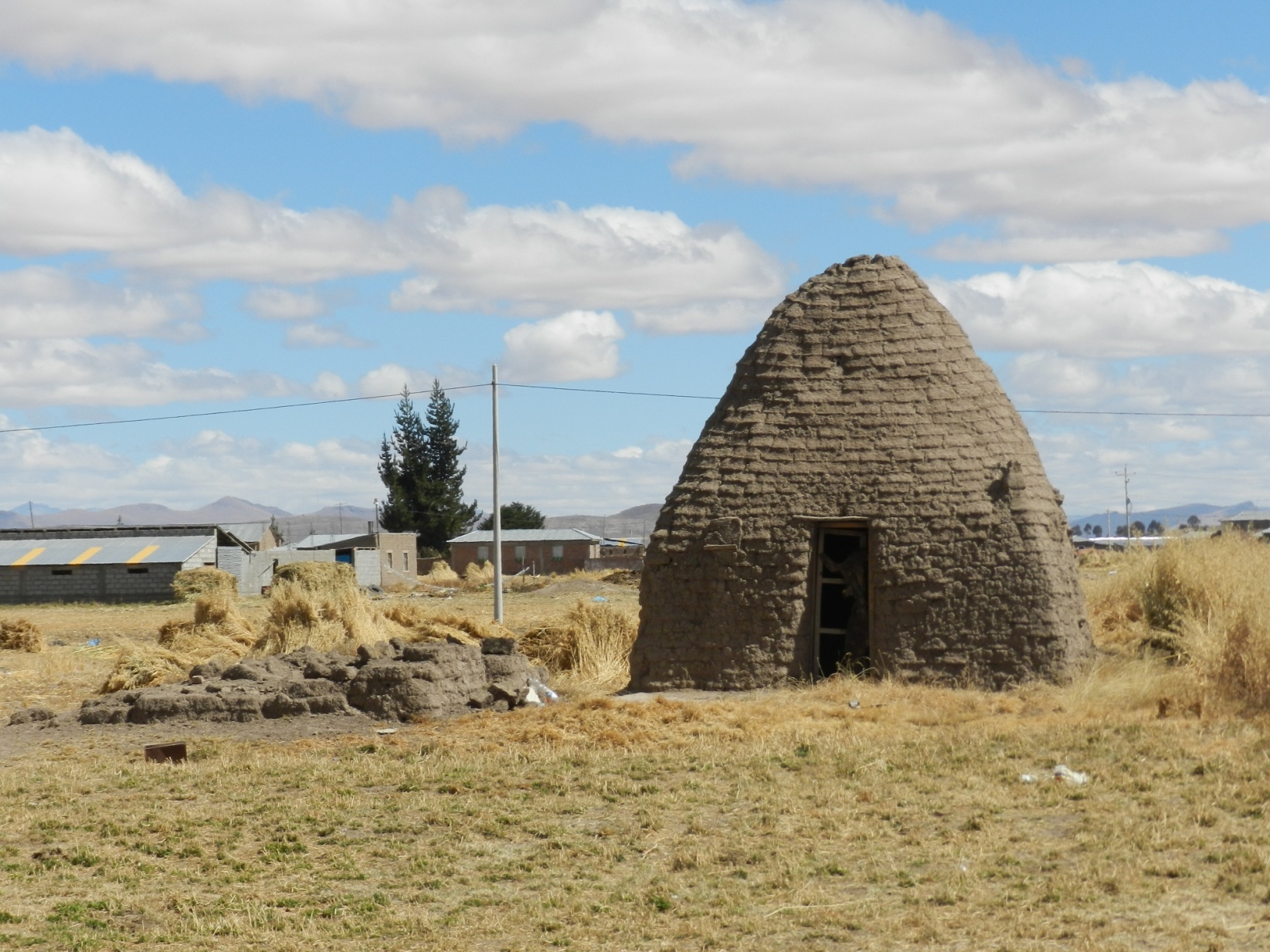
Moore's principal expertise is on the prehistoric architecture and cultural landscapes in the Andes. Archaeologists typically view architectural features of dwellings and other domestic architecture as built projects in which materials are modified according to a preconceived design in the builders’ minds. Although archaeologists usually acknowledge the different processes that transform buildings into archaeological features and sites, they tend not to understand how different buildings and construction methods inherently shape the archaeological record. This has direct implications for archaeological inferences about ancient households. Dr. Moore will discuss these issues referencing select case studies from Mesoamerica and the Andes.
Contact Michelle Jacobson
Email mjacobson@ioa.ucla.edu
Phone
Tessa de Alarcon, Grace Jan, Almoatz-bellah Elshahawi
Friday May 21st, 11:00am - 12:30pm (PT)
Tessa de Alarcon
How working in the US and Guatemala has Influenced the Way I Think About Conservation
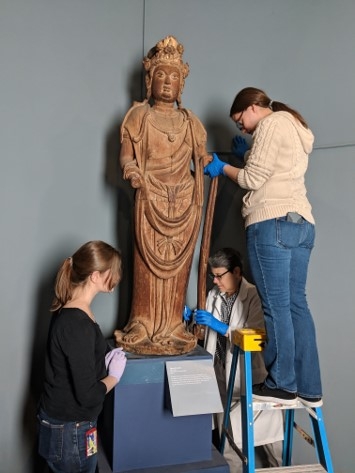 I will briefly discuss my experiences working in Guatemala as compared to working in the United States and reflect on how those experiences have impacted the way I work as a conservator. I am a Guatemalan American, I was born and raised in the US but have lived and worked in both the US and Guatemala. My introduction to conservation occurred in Guatemala and my first pre-program internship was there, as well. As a result, my introduction to best practices, ethics, and material evaluation all occurred in Guatemala. I then returned to the US for graduate school. Since obtaining my degree, I have worked on site in Guatemala and taught workshops there, in addition to working at the Penn Museum in Philadelphia as a project conservator. My exposure to different approaches, challenges, and issues in cultural heritage preservation has shaped me as a conservator. It has given me a unique perspective on decision making. In particular, I think it has helped me challenge assumptions and reflect on the way that a single problem can have many different possible solutions.This is not intended to be a formal presentation and will be very much based on my personal experiences and perspective.
I will briefly discuss my experiences working in Guatemala as compared to working in the United States and reflect on how those experiences have impacted the way I work as a conservator. I am a Guatemalan American, I was born and raised in the US but have lived and worked in both the US and Guatemala. My introduction to conservation occurred in Guatemala and my first pre-program internship was there, as well. As a result, my introduction to best practices, ethics, and material evaluation all occurred in Guatemala. I then returned to the US for graduate school. Since obtaining my degree, I have worked on site in Guatemala and taught workshops there, in addition to working at the Penn Museum in Philadelphia as a project conservator. My exposure to different approaches, challenges, and issues in cultural heritage preservation has shaped me as a conservator. It has given me a unique perspective on decision making. In particular, I think it has helped me challenge assumptions and reflect on the way that a single problem can have many different possible solutions.This is not intended to be a formal presentation and will be very much based on my personal experiences and perspective.
Tessa de Alarcon has been a project conservator at the Penn Museum in Philadelphia since 2012. She 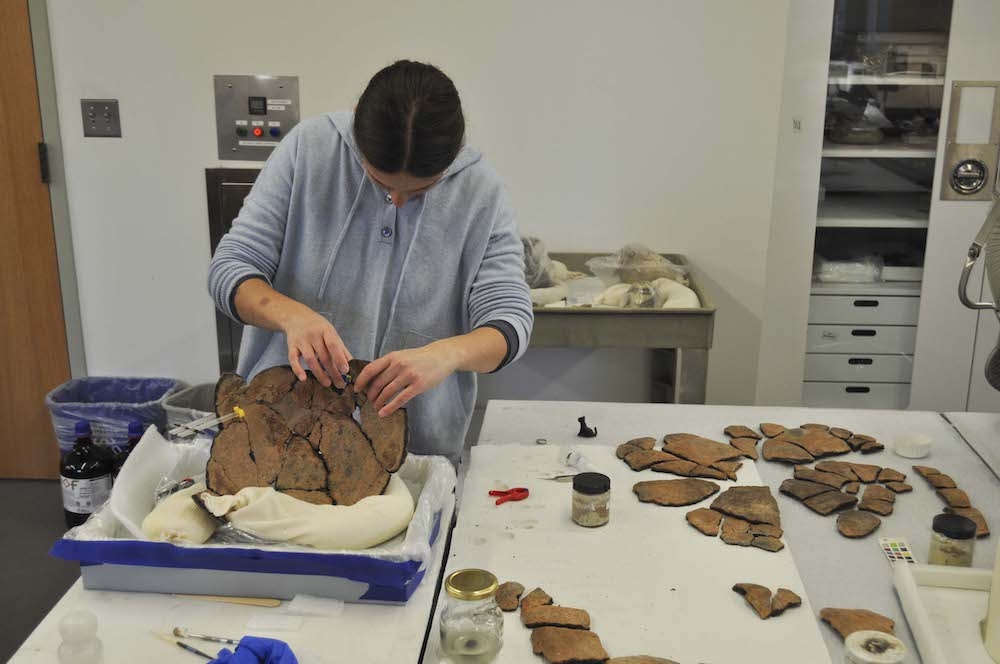 was born and raised in the US but has lived and worked both in the US and Guatemala. Her introduction to conservation occurred while working as an intern at Casa Santo Domingo in Antigua,Guatemala. During her time at the Penn Museum she has worked on a variety of different projects including condition assessments, and gallery renovation projects. She has also worked as an archaeological field conservator.The bulk of her field work has been in Guatemala,but most recently she had the opportunity to work in Azerbaijan. She has also taught workshops on documentation and archaeological conservation at the Museo Nacional de Arqueología y Etnologíain Guatemala City.She received her MA from the UCLA/Getty Program in the Conservation ofArchaeological and Ethnographic Materials in 2012.
was born and raised in the US but has lived and worked both in the US and Guatemala. Her introduction to conservation occurred while working as an intern at Casa Santo Domingo in Antigua,Guatemala. During her time at the Penn Museum she has worked on a variety of different projects including condition assessments, and gallery renovation projects. She has also worked as an archaeological field conservator.The bulk of her field work has been in Guatemala,but most recently she had the opportunity to work in Azerbaijan. She has also taught workshops on documentation and archaeological conservation at the Museo Nacional de Arqueología y Etnologíain Guatemala City.She received her MA from the UCLA/Getty Program in the Conservation ofArchaeological and Ethnographic Materials in 2012.
Grace Jan
The Cross-cultural Evolution of Chinese Painting Conservation
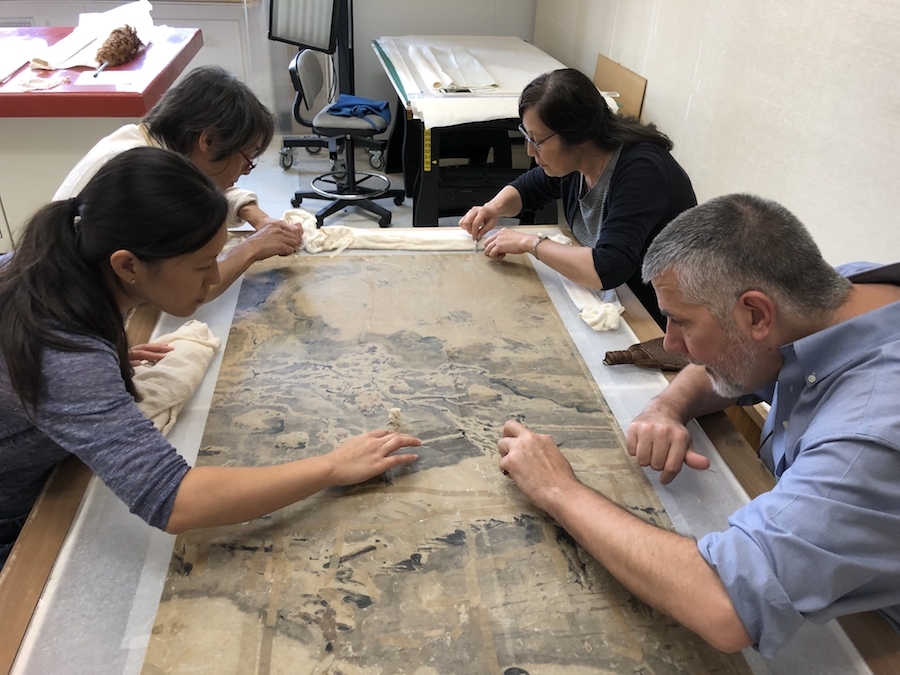 Freer Gallery of Art and Arthur M. Sackler Gallery, the Smithsonian's National Museum of Asian Art
Freer Gallery of Art and Arthur M. Sackler Gallery, the Smithsonian's National Museum of Asian Art
My ten-year career in Chinese painting conservation has provided cross-cultural experiences and insights into this evolving field. This talk will discuss this evolution in Chinese painting conservation education and training, culturalinitiatives, and techniques.
Chinese painting conservation requires specialized skills that were traditionally passed down through apprenticeship training. But over the last twenty years, significant changes to access and knowledge of Chinese painting conservation haveled toprogress and challenges in the field, impacting its practice domestically and within China.
This evolution is reflected in U.S. initiatives by the Freer Gallery of Art and Arthur M. Sackler Gallery, the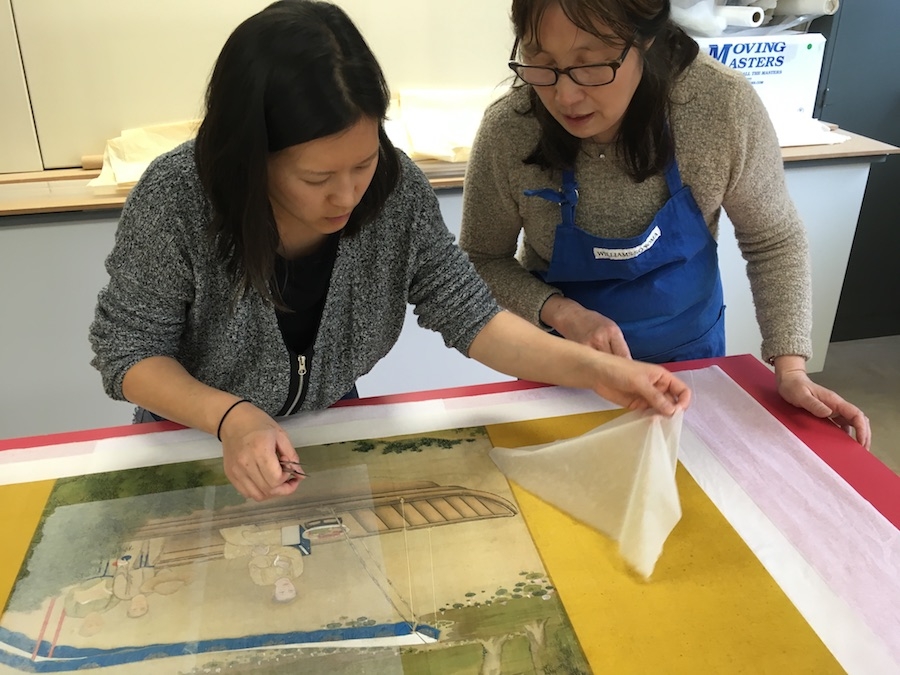 Smithsonian's National Museum of Asian Art,and theAndrew W. Mellon Foundation. In 2000, the Freer and Sackler established the Chinese Painting Conservation Program, an initiative to train young professionals and develop cooperative projects promoting the care of Chinese paintings.In 2012, the Mellon Foundation furthered support of trainingand exchanges among conservators, and helped to endow a Chinese painting conservation position and fellowship program. These efforts helped establish a training pipeline of conservators.
Smithsonian's National Museum of Asian Art,and theAndrew W. Mellon Foundation. In 2000, the Freer and Sackler established the Chinese Painting Conservation Program, an initiative to train young professionals and develop cooperative projects promoting the care of Chinese paintings.In 2012, the Mellon Foundation furthered support of trainingand exchanges among conservators, and helped to endow a Chinese painting conservation position and fellowship program. These efforts helped establish a training pipeline of conservators.
Concurrently in China, I have observed a shift in training, from a traditional apprenticeship model to formalized degree programs. This has occurred alongside a nationwide prioritization of Chinese culture and heritage resulting in new museums and state-of-the-art conservation facilities. In addition, conservators have increased exposure to the diversity of conservation approaches across different regions of China.
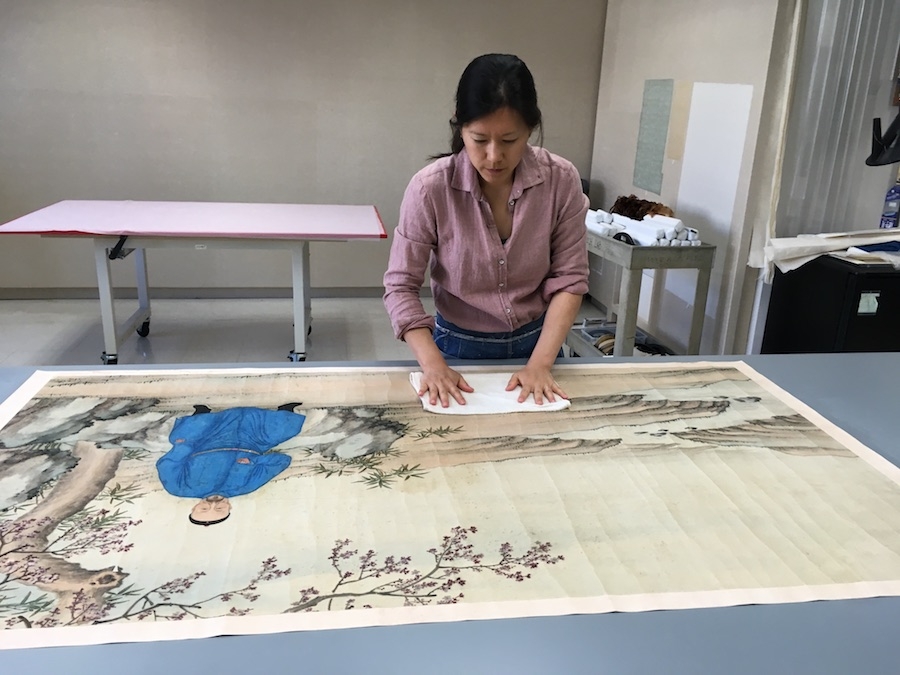
My cross-cultural career has provided perspective on how the field could integrate Western and Chinesemethods. Shortened formalized training could be integrated with the apprenticeship model, ensuring the sustainability of Chinese traditional conservation. Implicit in all this is the merging of these cultures. In response, domestic and international collaboration and networks are crucial to advancing the field and leveraging knowledge and resources across the field.
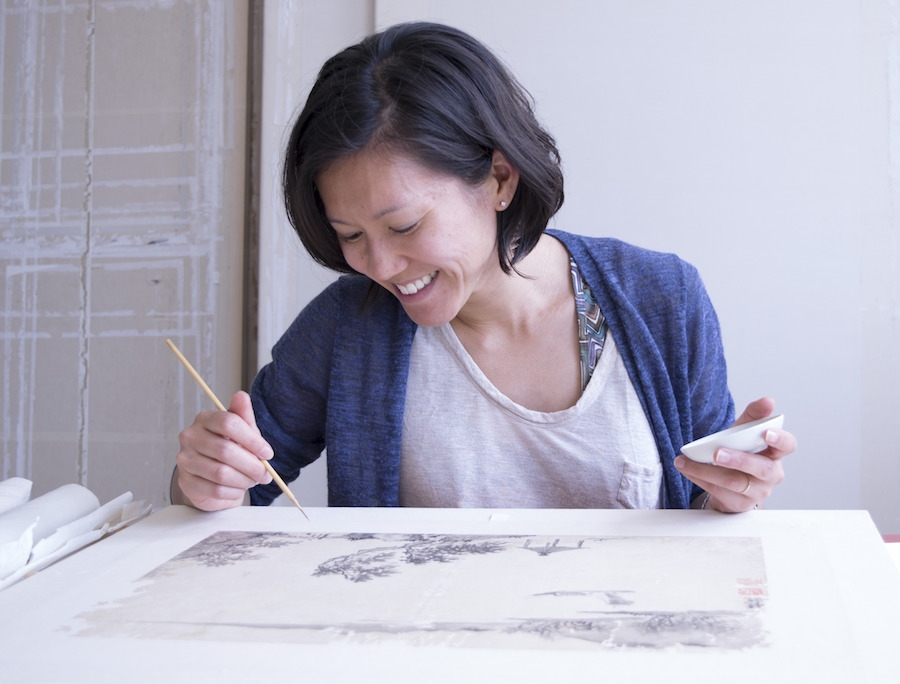 Grace Jan is the Yao Wenqing Chinese Painting Conservator at the Freer Gallery of Art and Arthur M. Sackler Gallery, the Smithsonian’s National Museum of Asian Art. Since 2009, she has worked on the museum’s Chinese painting and calligraphy collection and supported the museum’s Chinese Painting Conservation Program to promote domestic and international exchange and collaboration. She is active in facilitating the Andrew W. Mellon supported initiative to develop and promote this specialization across the U.S. Ms. Jan received anMAin Art History and Advanced Certificate in Conservation from the Institute of Fine Arts Conservation Center, New York University. Shetrained at the Shanghai Museum, Beijing Palace Museum, Metropolitan Museum of Art and the Museum of Fine Arts, Boston.
Grace Jan is the Yao Wenqing Chinese Painting Conservator at the Freer Gallery of Art and Arthur M. Sackler Gallery, the Smithsonian’s National Museum of Asian Art. Since 2009, she has worked on the museum’s Chinese painting and calligraphy collection and supported the museum’s Chinese Painting Conservation Program to promote domestic and international exchange and collaboration. She is active in facilitating the Andrew W. Mellon supported initiative to develop and promote this specialization across the U.S. Ms. Jan received anMAin Art History and Advanced Certificate in Conservation from the Institute of Fine Arts Conservation Center, New York University. Shetrained at the Shanghai Museum, Beijing Palace Museum, Metropolitan Museum of Art and the Museum of Fine Arts, Boston.
Almoatz-bellah Elshahawi
An Ancient Egyptian Ptolemaic Coinage: History and Preservation Methods
Ancient coins are one of the most important sources of information from which archaeologists and 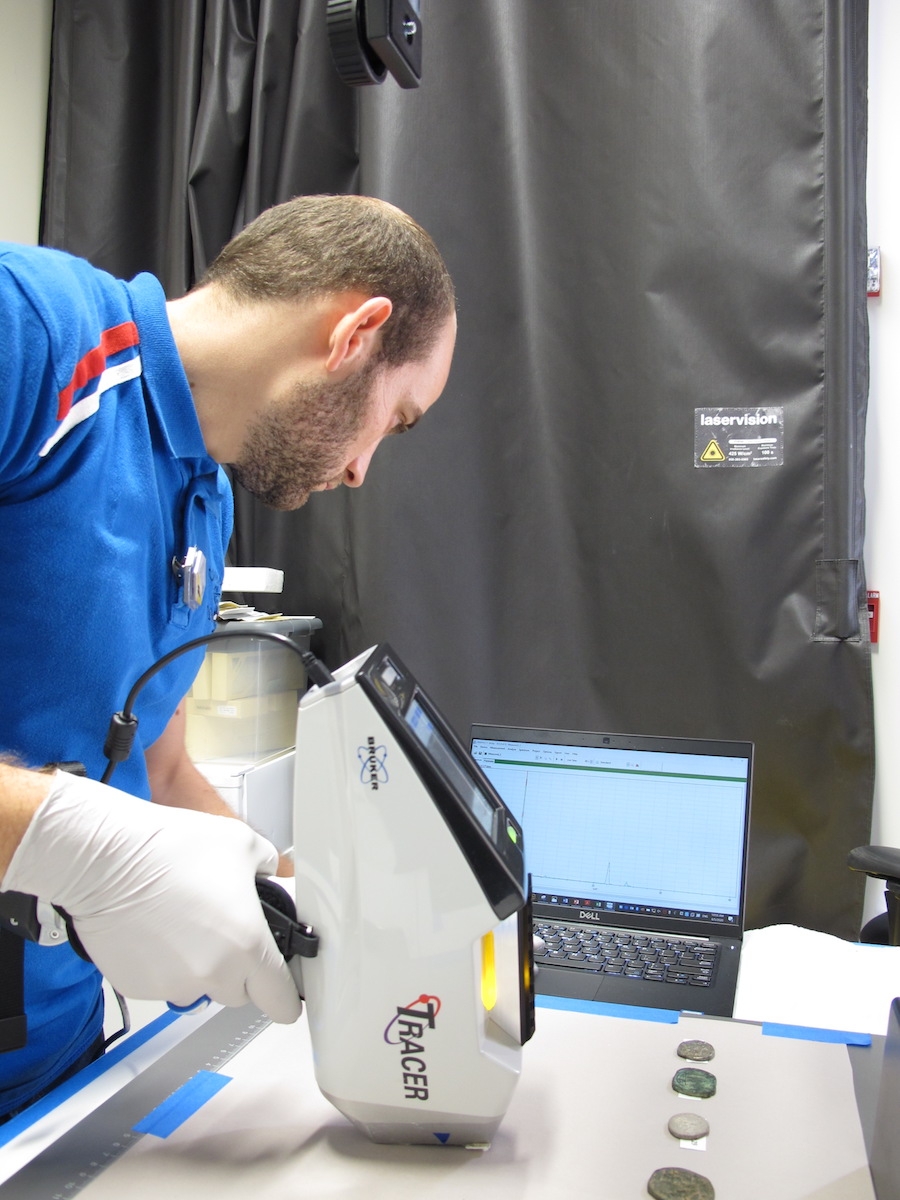
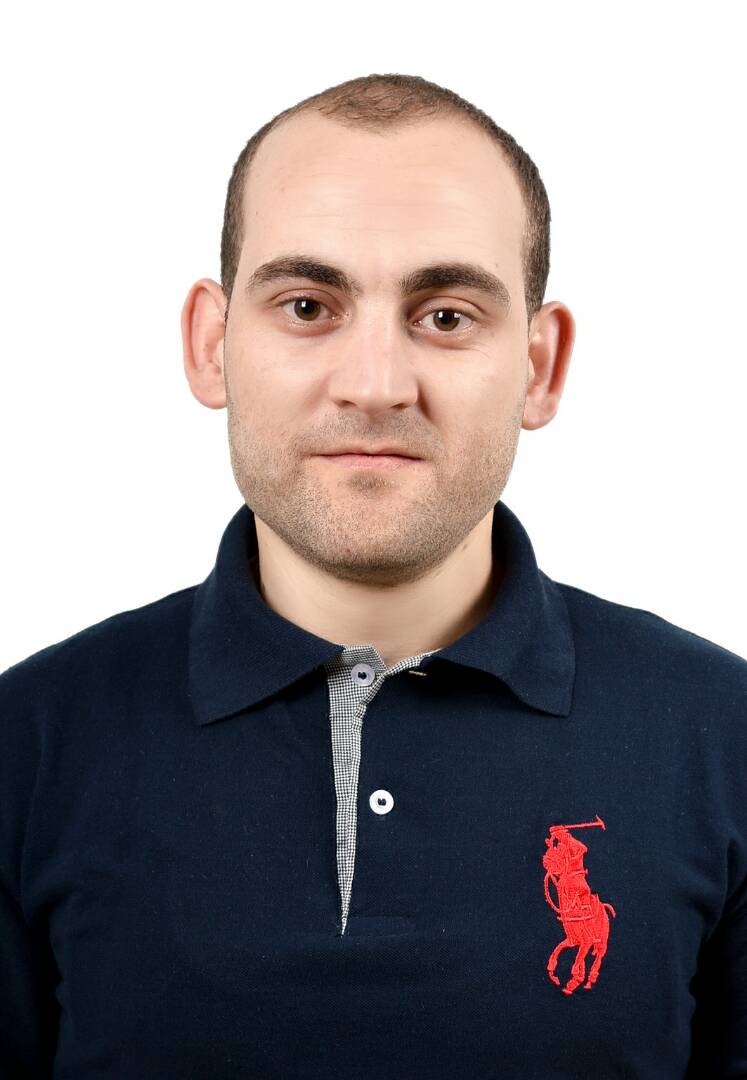 Almoatzbellah Elshahawi a PhD candidate in the conservation at Cairo University, specializing in ancient Egyptian works on Metals and Coins. He is a graduatedintern at the J. Paul Getty Museum for one year(2019-2020). For the dissertation, he is researching on the evaluation of the efficiency of environmental inhibitors with Nano-reinforcement for the protection of archaeological bronze. He received a Master’s degree in Conservation, Cairo University, 2017. AlmoatzbellahElshahawi was a 2013-2017 Cairo university Fellow. A 2005-2009 Abou-Qir high conservation institute Fellow and most recently, an objectconservator at the Grand Egyptian Museum-Conservation Center (GEM-CC).
Almoatzbellah Elshahawi a PhD candidate in the conservation at Cairo University, specializing in ancient Egyptian works on Metals and Coins. He is a graduatedintern at the J. Paul Getty Museum for one year(2019-2020). For the dissertation, he is researching on the evaluation of the efficiency of environmental inhibitors with Nano-reinforcement for the protection of archaeological bronze. He received a Master’s degree in Conservation, Cairo University, 2017. AlmoatzbellahElshahawi was a 2013-2017 Cairo university Fellow. A 2005-2009 Abou-Qir high conservation institute Fellow and most recently, an objectconservator at the Grand Egyptian Museum-Conservation Center (GEM-CC).
Contact Jennifer McGough
Email jenmcgough@g.ucla.edu
Phone
Helina Woldekiros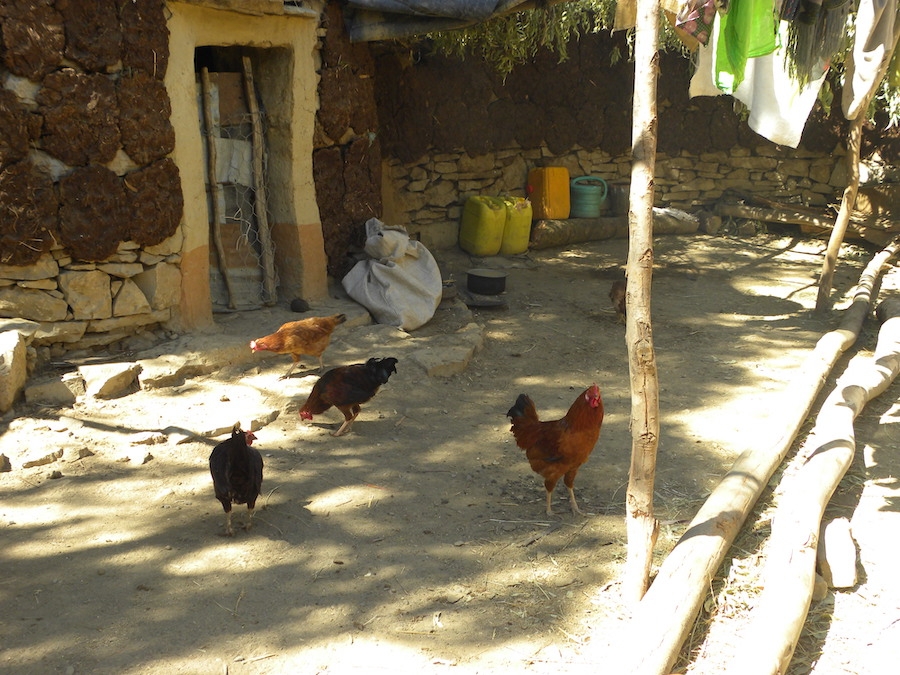
Assistant Professor, Department of Anthropology
Washington University
Domestic chickens (Gallus gallus domesticus L. 1758) are one of the most valued farm animals in the world today. Chickens are economically and socially significant in Africa. They are often associated with cuisine and identity as well as their ability to generate income for poor rural communities. Despite their importance, little is known about the nature of their introduction and subsequent integration into African economies. In this paper I present archaeological and biometric perspective on the introduction and development of chicken landraces in the Horn of Africa.
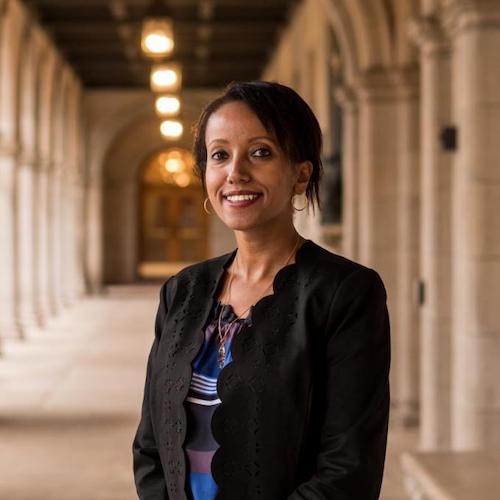 Dr. Helina Woldekiros is an assistant professor at the Department of Anthropology at Washington University in St. Louis. Woldekiros completed her Ph.D. at Washington University in St. Louis and her MA at the University of Florida. After completing a postdoctoral research at Ludwig Maximilian University in Munich, Germany, Woldekiros joined the Department of Anthropology at WU in 2015.Woldekiros's research interest includes state formation, the origin of food production, agriculture, pastoralism, salt trade, caravan archaeology, and livestock biodiversity in the Horn of Africa. Her upcoming book entitled "The Boundaries of Ancient Trade" re-conceptualizes state formation in the Horn Africa by looking at not only hierarchical political models but also heterarchical political models. She is also an expert in the domestication and spread of chickens globally.
Dr. Helina Woldekiros is an assistant professor at the Department of Anthropology at Washington University in St. Louis. Woldekiros completed her Ph.D. at Washington University in St. Louis and her MA at the University of Florida. After completing a postdoctoral research at Ludwig Maximilian University in Munich, Germany, Woldekiros joined the Department of Anthropology at WU in 2015.Woldekiros's research interest includes state formation, the origin of food production, agriculture, pastoralism, salt trade, caravan archaeology, and livestock biodiversity in the Horn of Africa. Her upcoming book entitled "The Boundaries of Ancient Trade" re-conceptualizes state formation in the Horn Africa by looking at not only hierarchical political models but also heterarchical political models. She is also an expert in the domestication and spread of chickens globally.
Contact Michelle Jacobson
Email mjacobson@ioa.ucla.edu
Phone
A conversation between Bárbaro Martínez-Ruiz and José Bedia,
Moderated by Manuel Jordán
May 18th, 10am - 11am PST
This program follows an exciting interdisciplinary seminar on African Objects in Museums, where students examined a series of objects including painted Yoruba drums and Kongo minkisi. To continue discussions, the Fowler Museum, the Cotsen Institute of Archaeology, the UCLA/Getty Conservation Program, UCLA Information Studies, and the UCLA Africa Studies Center are hosting a program where we will engage three specialists who are artists, scholars, and/or practitioners. The two speakers are members of the Afro-Cuban and Cuban diaspora, respectively.
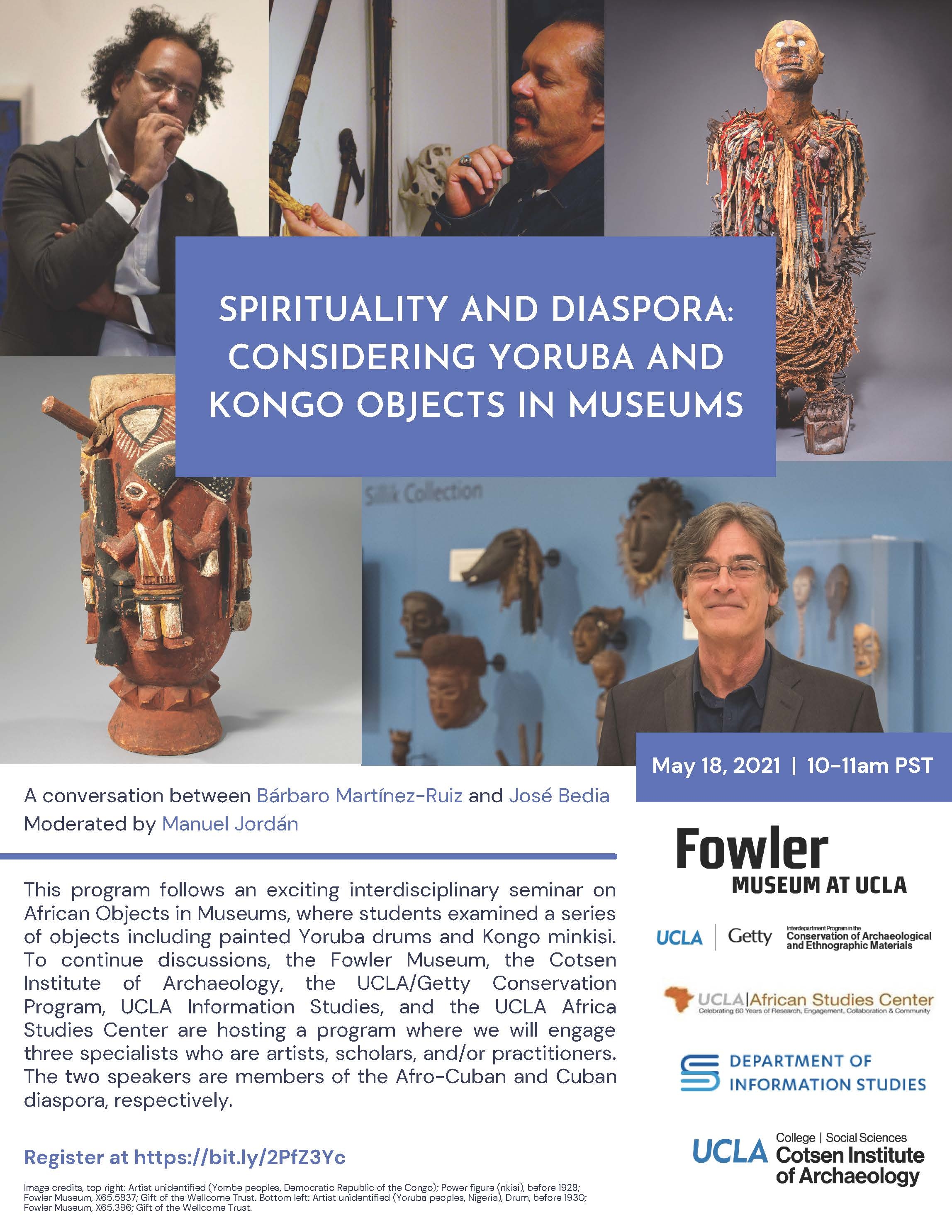
Contact Ellen Pearlstein
Email epearl@ucla.edu
Phone
Nathan Acebo, MA, PhD
University of California, Chancellor's Postdoctoral Scholar and Critical Mission Studies Postdoctoral Scholar
Anthropology & Heritage Studies
University of California, Merced
The study of the written history of Indigenous communities continues to evolve following new contributions from collaboration-based research partnerships committed to practicing Indigenous Archaeology. As a form of archaeology practiced with, by, and for Indigenous peoples, Indigenous Archaeology is reshaping our understanding of North American colonization by providing new perspectives on the vibrancy of Indigenous cultures and enduring political traditions. This talk showcases how Indigenous Archaeology was practiced in partnership with Tongva, Acjachemen and Payómkawichum communities in southern California to illuminate forms of political and economic autonomy beyond the reach of Spanish and Californio colonial authorities in the southern Los Angeles Basin hinterlands (1770-1848 CE). I present how the Black Star Canyon Archaeology Project’s (BSCAP: 2013-2021) analyses of orphan collections were specifically guided by Indigenous collaborators’ concept of “thrivance”—a condition of existence focused on political and economic dimensions of Indigenous autonomy—to yield said history and use archaeology as a tool for Indigenous storytelling on said peoples’ terms.
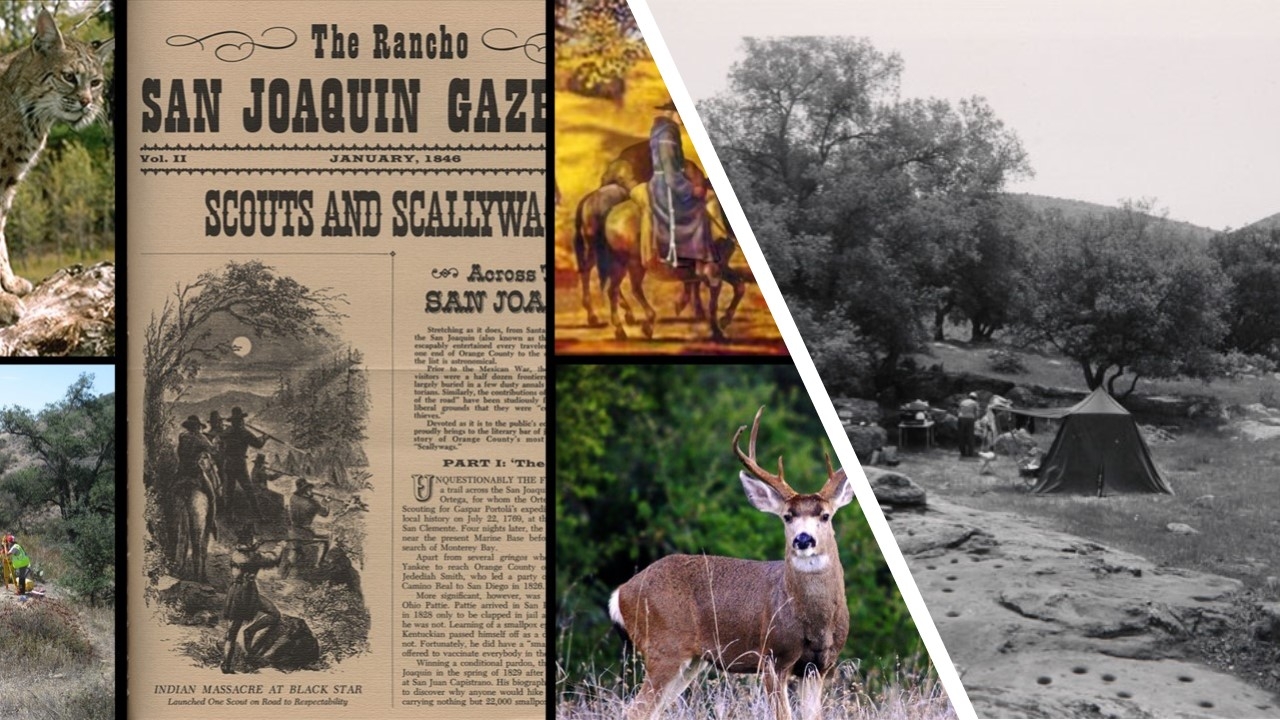
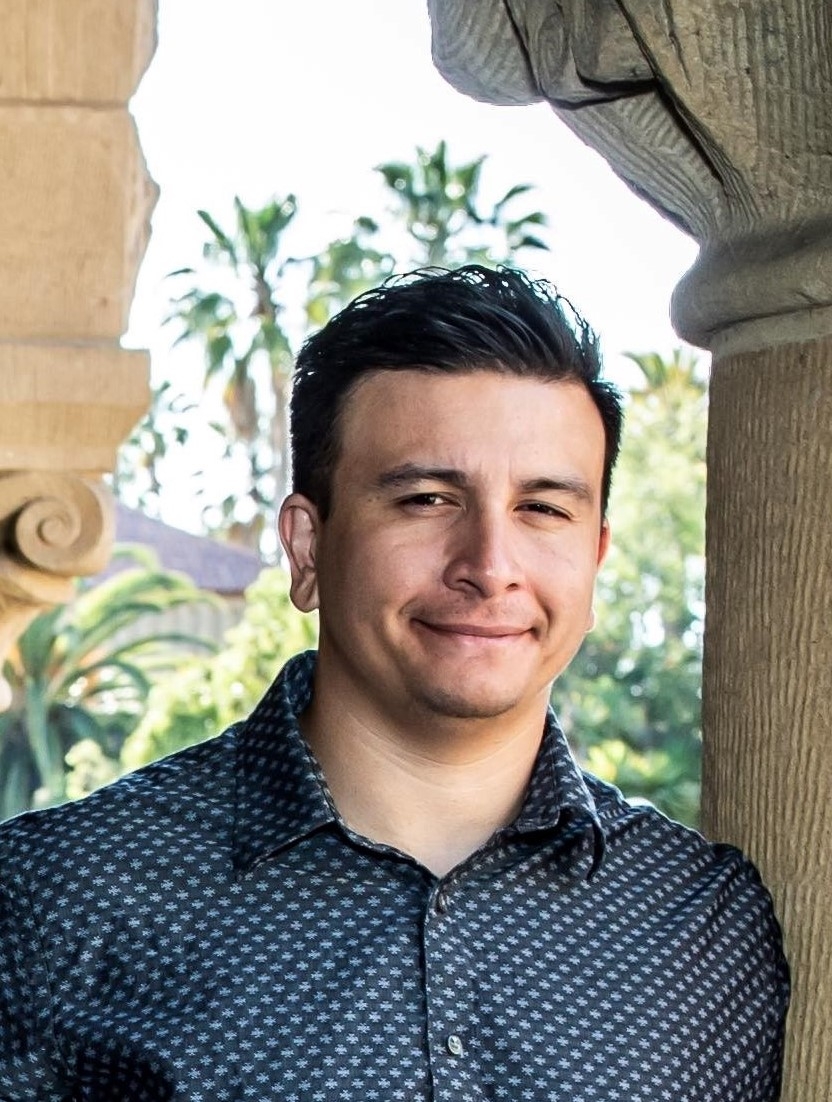 Dr. Nathan Acebo is the University of California Chancellor’s Postdoctoral Fellow in Critical Mission Studies for the 2020–2021 year at the University California, Merced and holds the position of Assistant Professor of Anthropology-Native American and Indigenous Studies at University of Connecticut beginning in August 2021. Dr. Acebo received his Ph.D. at Stanford University and was a fellow in the Enhancing Diversity in Graduate Education Doctoral Program (EDGE: 2013-2020), Institute for Research in the Social Sciences (IRiSS: 2019-2020), and Mellon Humanities Program (2019-2020). His research in southern California and Hawaii focuses on Indigenous networks, subaltern resistance, and decolonizing practices.
Dr. Nathan Acebo is the University of California Chancellor’s Postdoctoral Fellow in Critical Mission Studies for the 2020–2021 year at the University California, Merced and holds the position of Assistant Professor of Anthropology-Native American and Indigenous Studies at University of Connecticut beginning in August 2021. Dr. Acebo received his Ph.D. at Stanford University and was a fellow in the Enhancing Diversity in Graduate Education Doctoral Program (EDGE: 2013-2020), Institute for Research in the Social Sciences (IRiSS: 2019-2020), and Mellon Humanities Program (2019-2020). His research in southern California and Hawaii focuses on Indigenous networks, subaltern resistance, and decolonizing practices.
Contact Michelle Jacobson
Email mjacobson@ioa.ucla.edu
Phone
Bryan Kraemer
Egyptologist at the Robert and Frances Fullerton Museum of Art
California State University, San Bernardino
Since 2014, the Wadi el-Hudi Expedition has been surveying archaeological sites in Egypt’s Eastern Desert connected with ancient amethyst and gold mines. The ancient activity was concentrated in two periods, Egypt’s Middle Kingdom (circa 2000 -1700 BCE), and the Early Roman Period (late 1st century BCE to 2nd century CE). During the first period, the ancient miners, guardians, and administrators left an abundant epigraphic record of their activities. To date, 270 separate inscriptions have been recorded at Wadi el-Hudi. These show a wide range of formality in inscriptional technique between carefully crafted monumental stelae with long hieroglyphic texts on one hand to rock-pecked petroglyphs on the other. Partially published by Ahmed Fakhry in 1952 and Ahmed Sadek in 1980-85, the inscriptions of Wadi el-Hudi have contributed significantly to our understanding of how ancient Egyptian desert mining expeditions operated. The Wadi el-Hudi Expedition has now for the first time recorded these inscriptions within their archaeological context using a photogrammetry-based epigraphic methodology. This record is fully integrated into the 3-dimensional survey of the entire Wadi el-Hudi topography and archaeological remains. It therefore allows us not only to record but also to present the inscriptions in a digital reproduction of their original context. This detailed 3D record is especially important since modern gold mining threatens the existence of archaeological sites in this remote area of the desert.
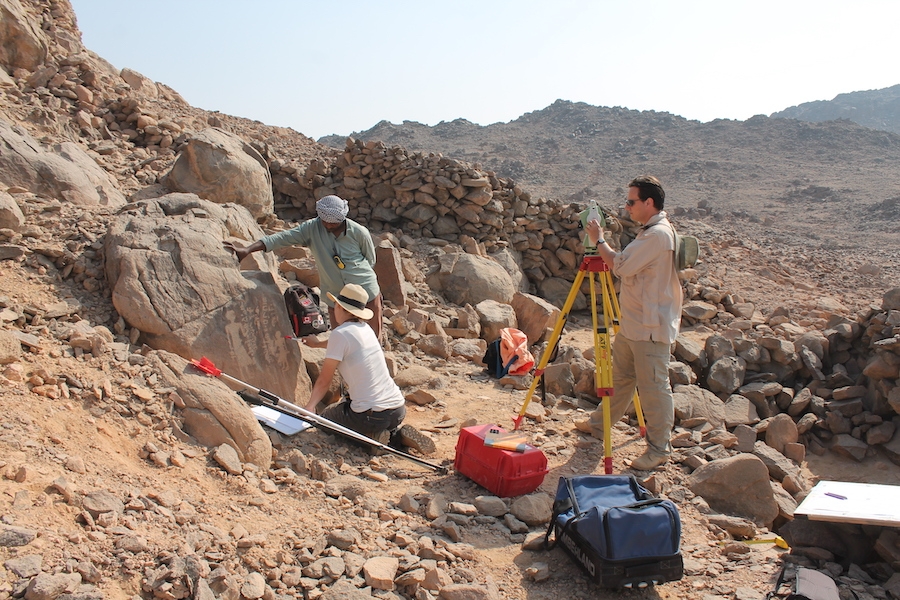
In this talk, I will present a selection of the current results of the Wadi el-Hudi Expedition’s epigraphic and archaeological survey. Taking from interpretive theories of Geosemiotics, I will present case studies from the results of the epigraphic working understanding how the inscriptions at Wadi el-Hudi were embedded in a nexus of social and linguistic actions that contributed to their meaning and defined the local versions of what one might call an epigraphic habit. Additionally, I will outline how we have incorporated 3D capture into every aspect of recording at Wadi el-Hudi and show the results and challenges of using this methodology.
The Wadi el-Hudi Expedition works under the auspices of California State University, San Bernardino and in compliance with the Ministry of Antiquities in Egypt. The expedition has conducted fiveseasons since 2014from which Iwill draw these results.
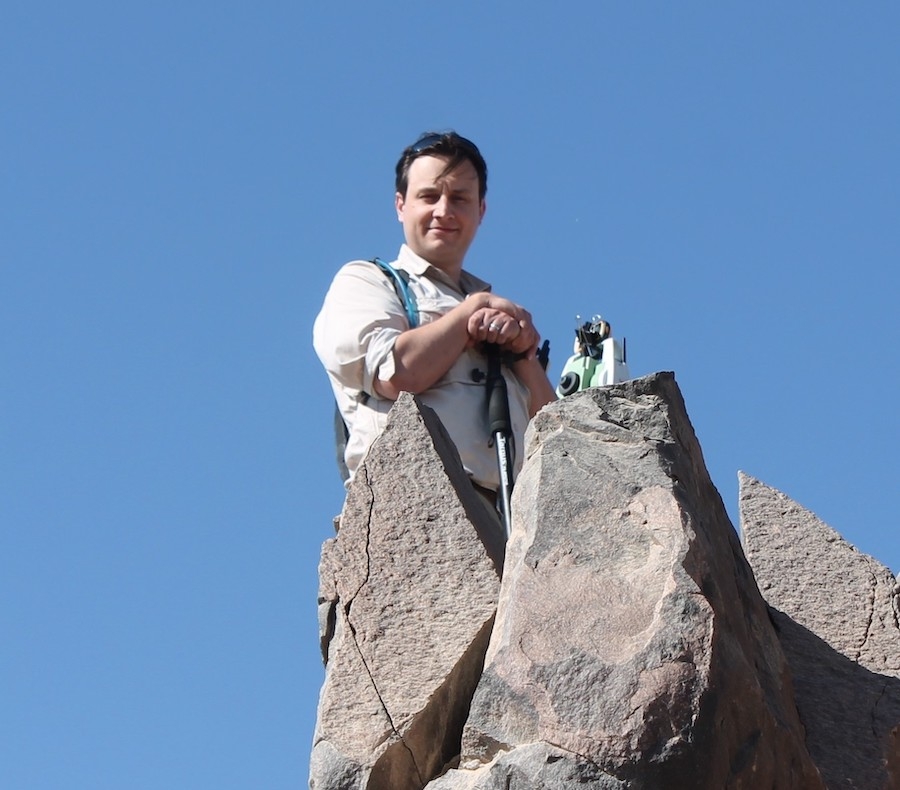 Bryan Kraemer is an Egyptologist at the Robert and Frances Fullerton Museum of Art (California State University, San Bernardino -CSUSB),where he is in charge of developing content related to the museum’s collections of artifact’s from Ancient Egypt. He is also a lecturer in the History Department at CSUSB. Bryanhas a Masters in Egyptology from the University of Chicago and a Masters in Archaeological Computing from Southampton University. He is also working on finishing his Ph.D. in Egyptology at the University of Chicago. Bryan’s research interests are in Ancient Egyptian religion and ritual, Ancient Egypt and the Classical World, Ancient Egyptian language, art, and archaeology, digital humanities, GIS, and digital frontiers in museums. He has worked and studied in Egypt over the last twenty years and taught Ancient Egyptian language and archaeology at University of Chicago, Princeton University, and California State University, San Bernardino. Bryan is currently working on a monograph on his work with the festival of Osiris at Abydos and a 3D archaeological atlas of maps from his work as co-director of the Wadi el-Hudi Expedition (www.wadielhudi.com).
Bryan Kraemer is an Egyptologist at the Robert and Frances Fullerton Museum of Art (California State University, San Bernardino -CSUSB),where he is in charge of developing content related to the museum’s collections of artifact’s from Ancient Egypt. He is also a lecturer in the History Department at CSUSB. Bryanhas a Masters in Egyptology from the University of Chicago and a Masters in Archaeological Computing from Southampton University. He is also working on finishing his Ph.D. in Egyptology at the University of Chicago. Bryan’s research interests are in Ancient Egyptian religion and ritual, Ancient Egypt and the Classical World, Ancient Egyptian language, art, and archaeology, digital humanities, GIS, and digital frontiers in museums. He has worked and studied in Egypt over the last twenty years and taught Ancient Egyptian language and archaeology at University of Chicago, Princeton University, and California State University, San Bernardino. Bryan is currently working on a monograph on his work with the festival of Osiris at Abydos and a 3D archaeological atlas of maps from his work as co-director of the Wadi el-Hudi Expedition (www.wadielhudi.com).
Contact Michelle Jacobson
Email mjacobson@ioa.ucla.edu
Phone
David A. Scott
Distinguished Professor Emeritus
UCLA Department of Art History
Chinese Art presents especially challenging problems in terms of authenticity of monuments, sites, and artefacts of all kinds. Professor Emeritus David A. Scott will examine the conceptual framework of authenticity, a metonymy, where the vagaries of the word can be replaced with intangible authenticity, material authenticity and historic authenticity. Authenticity can also be regarded as contested, debated and performative, particularly in terms of its social and political signification. At the same time, it is important to remember that authentication is a necessary attribute of material authenticity. Scott examines how different conceptions of authenticity can be applied to a discussion of hanging scrolls on paper and silk, bronze artefacts, and monuments and sites. The works of the most famous Chinese artist, copyist and forger, Zhang Daquian, will be briefly discussed. The nature and extent of copies in Chinese art and how they are perceived or valorized is an important issue and one of philosophical interest. Philosophical debates concerning how instances of copies are regarded, and how the intention of the original artist impinges on the reception and appreciation of copies will be discussed.
Contact Michelle Jacobson
Email mjacobson@ioa.ucla.edu
Phone
Severin Fowles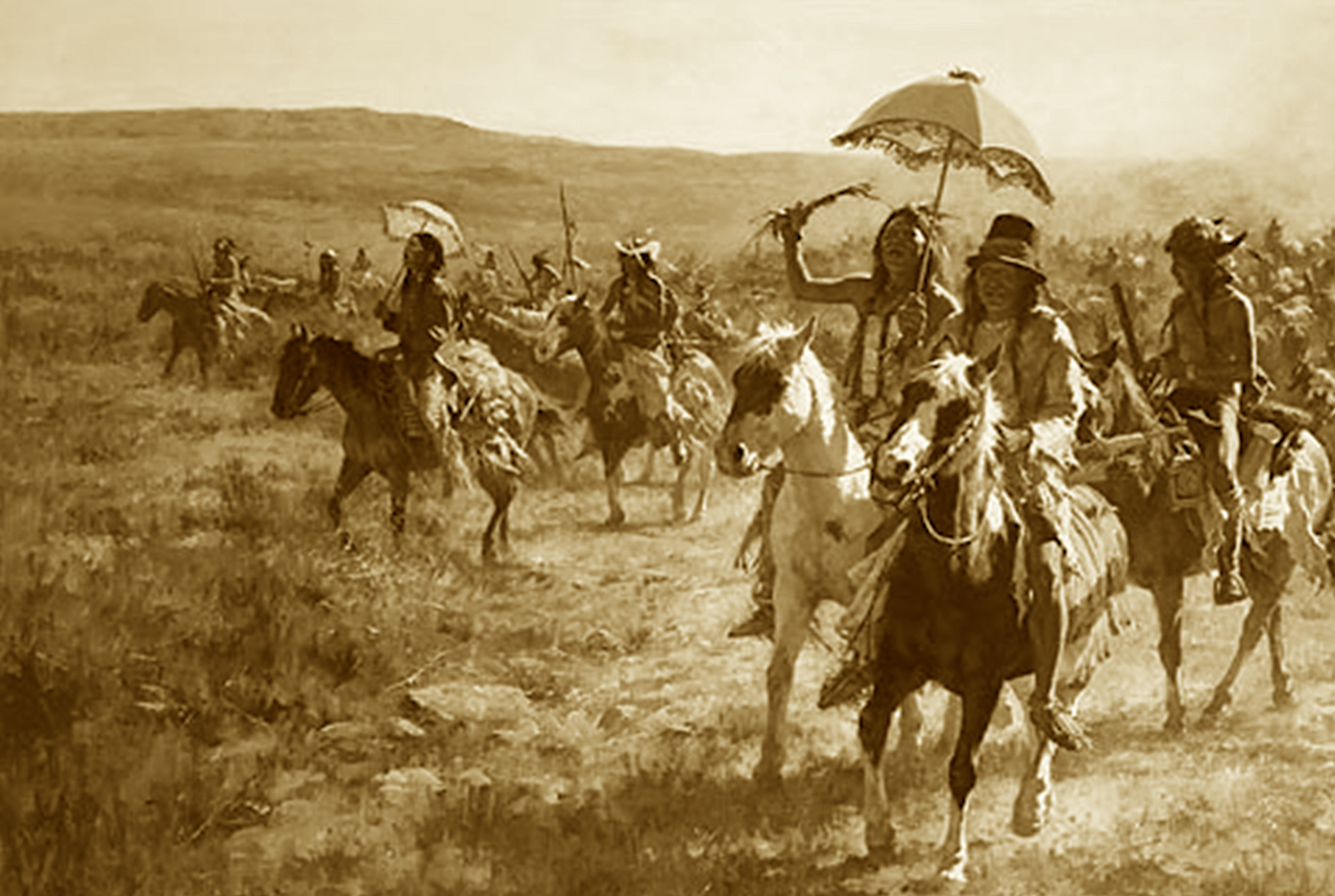
Associate Professor of Anthropology and Chair of the American Studies Department
Barnard College, Columbia University
The European invasion of the Americas unleashed a period of heightened global exchange as technologies, religions, political structures, foodways, languages, diseases, mineral resources, labor and more began to circulate with unprecedented velocity and scale. For the colonized, many of these cultural movements happened forcibly, at the tip of a spear, but there were also moments of Indigenous appropriation and creative reinvention of European traditions. This was particularly true with respect to image production and modes of graphic representation, as Indigenous communities sought out new visual cultures to assist them in understanding and intervening in colonial worlds. In this presentation, I consider what might be called the mestizo aesthetics that arose within colonial New Mexico following the arrival of Spanish settlers in 1598. Theoretically, my focus is on the power of images as technologies of action and intercession, no less than of representation. Historically, I pay special attention to image production among the Indigenous communities referred to by the Spanish as “barbarians”—groups like the Apache and Comanche who were themselves the fast-moving, intercultural choreographers of social life at the edge of empire.
Severin Fowles is an Associate Professor of Anthropology and Chair of the American Studies Department at Barnard College, Columbia University. For the past 25 years he has directed excavations and surveys in northern New Mexico, examining the history of Archaic hunter-gatherers through to the hippies of the 1960s. He is the author ofAn Archaeology of Doings: Secularism and the Study of Pueblo Religion(SAR) and co-editor of The Oxford Handbook of Southwest Archaeology(Oxford University Press). His current research has been designed in collaboration with Picuris Pueblo and is focused on the tribe's ancestral landscapes and farming practices.
Contact Michelle Jacobson
Email mjacobson@ioa.ucla.edu
Phone
Glenn Wharton, Andrea Geyer
Friday April 23rd, 11:00am - 12:00pm (PT)
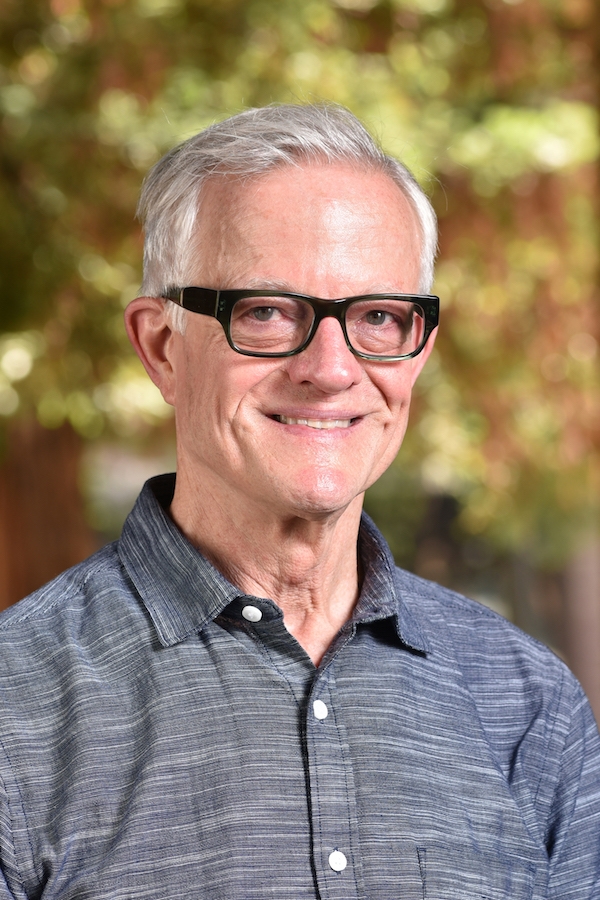
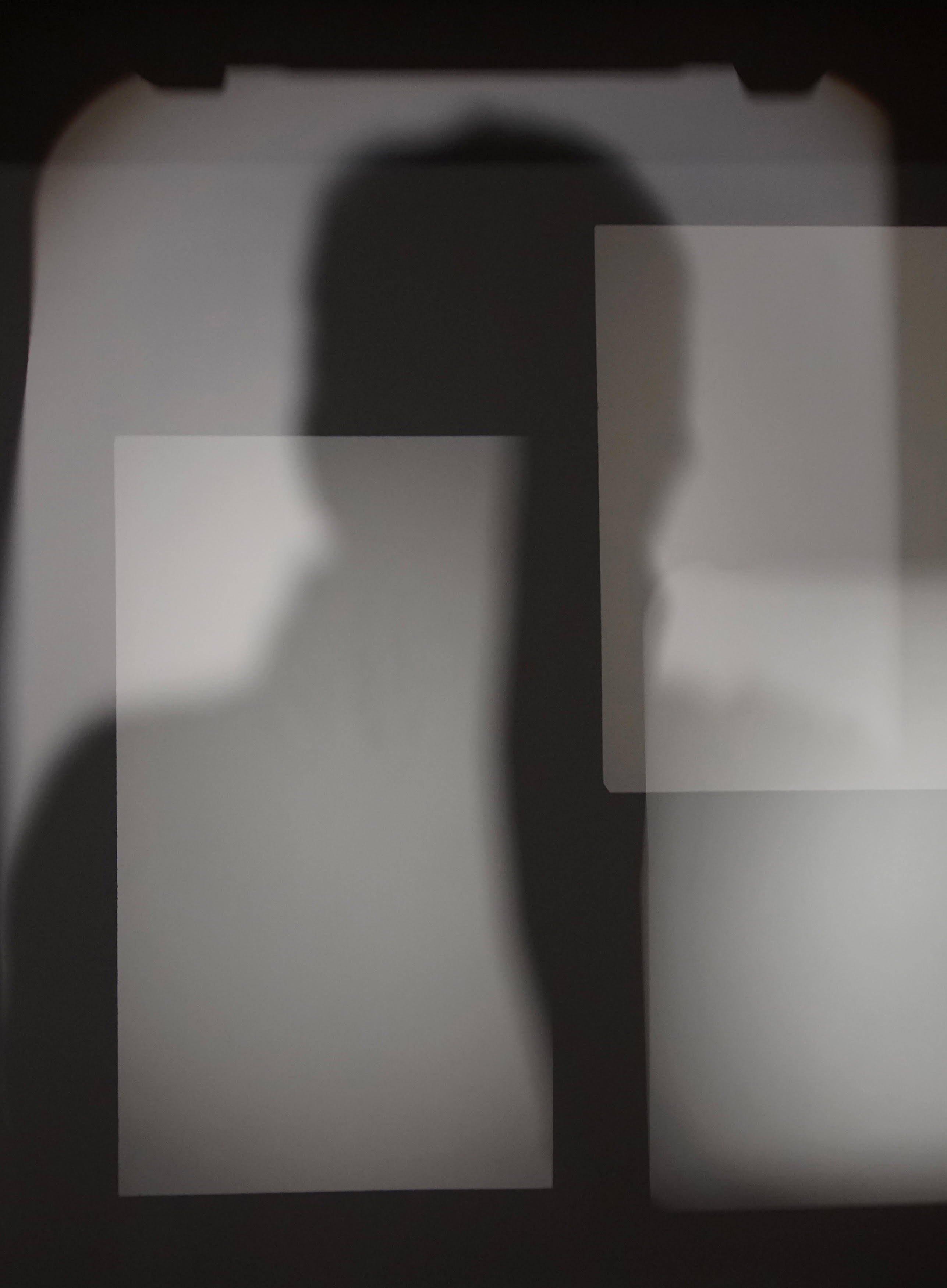 Andrea Geyer is a multi-disciplinary artist un-sensing the construction and politics of time. Her works use performance and video to activate the lingering potential of specific events, places, or biographies as lived in woman identified bodies. She materializes the entanglement of presence and absence of such bodies due to ideologically motivated omissions in archives and memories. Exhibitions include: Museum of Modern Art, the Whitney Museum of American Art, in New York; IMMA in Dublin; TATE Modern in London; Generali Foundation, Secession in Vienna; Witte De White in Rotterdam; Sao Paulo Biennal and documenta12/ Kassel. She is represented by Hales Gallery in London/New York, Galerie Thomas Zander in Cologne. She lives and works in New York. www.andreageyer.info
Andrea Geyer is a multi-disciplinary artist un-sensing the construction and politics of time. Her works use performance and video to activate the lingering potential of specific events, places, or biographies as lived in woman identified bodies. She materializes the entanglement of presence and absence of such bodies due to ideologically motivated omissions in archives and memories. Exhibitions include: Museum of Modern Art, the Whitney Museum of American Art, in New York; IMMA in Dublin; TATE Modern in London; Generali Foundation, Secession in Vienna; Witte De White in Rotterdam; Sao Paulo Biennal and documenta12/ Kassel. She is represented by Hales Gallery in London/New York, Galerie Thomas Zander in Cologne. She lives and works in New York. www.andreageyer.info
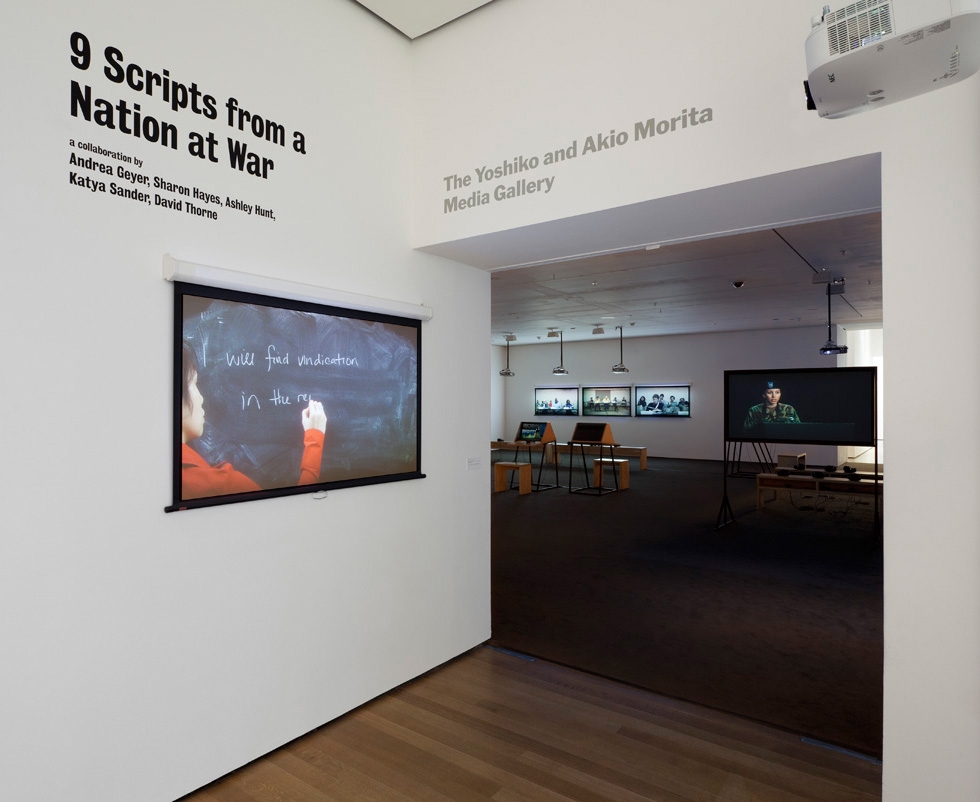
Contact Jennifer McGough
Email jenmcgough@g.ucla.edu
Phone
Over Zoom
Overview of the graduate school application process including things to consider before applying, M.A. versus Ph.D. programs, application components, and things you can do during undergrad to prepare; followed by Q&A.
Contact
Phone
- ‹ previous
- 15 of 48
- next ›



